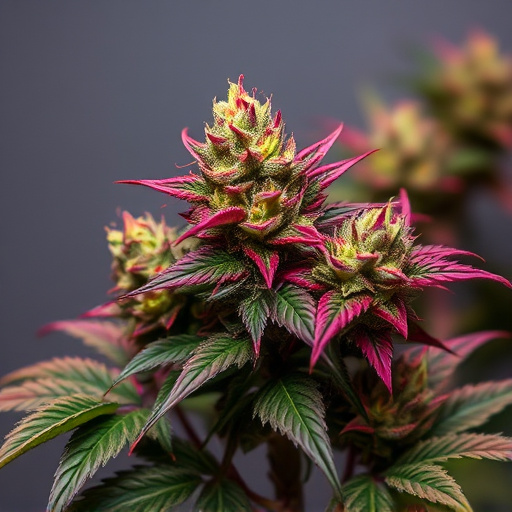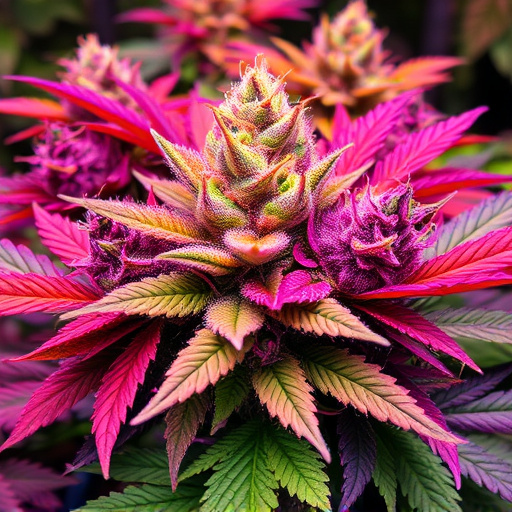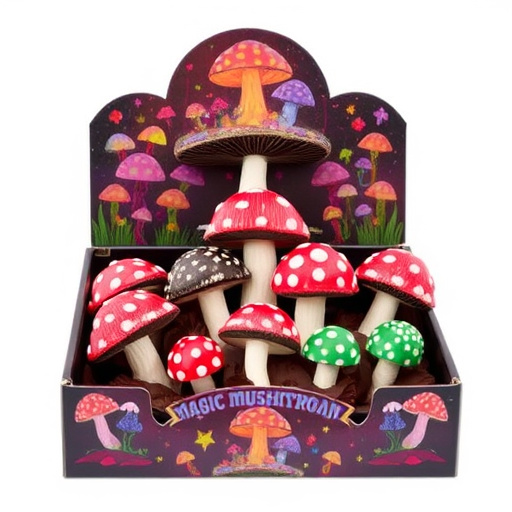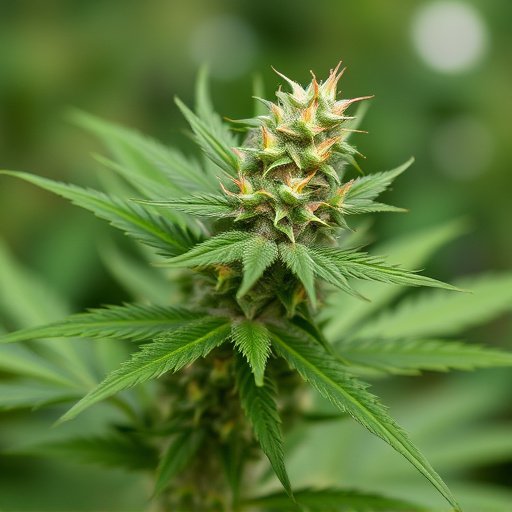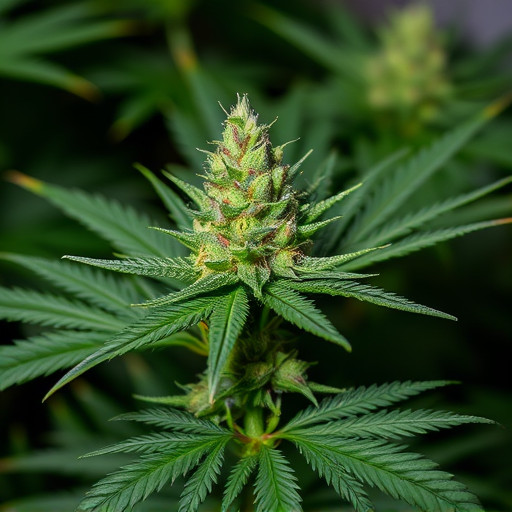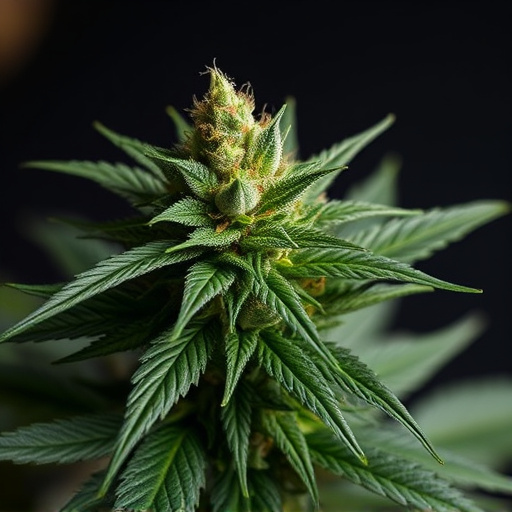Terpenes, aromatic compounds in cannabis, significantly shape the unique effects of different medical marijuana strains. With over 100 identified terpenes, each with distinct properties, understanding them is key to unlocking the full potential of medical marijuana. Certain terpenes like myrcene offer sedative effects beneficial for insomnia or anxiety, while limonene's citrusy scent enhances mood and stimulation. By recognizing these attributes, patients can make informed choices about strains tailored to their specific needs, ensuring effective personalized treatment plans.
Terpenes, the aromatic compounds in cannabis, play a pivotal role in shaping the plant’s unique effects. This article delves into the intricate world of terpenes, exploring their diverse roles and interactions with cannabinoids. From understanding the chemical makeup to deciphering how they influence the high, we unravel the mysteries behind these fragrant molecules. Furthermore, we examine the potential of medical marijuana strains, highlighting how tailoring terpene profiles can enhance specific treatments for various conditions.
- Understanding Terpenes: The Aromatic Compounds in Cannabis
- The Role of Terpenes in Cannabis Effects: A Breakdown
- Medical Marijuana Strains and Terpene Profiles: Tailoring Treatment to Individual Needs
Understanding Terpenes: The Aromatic Compounds in Cannabis
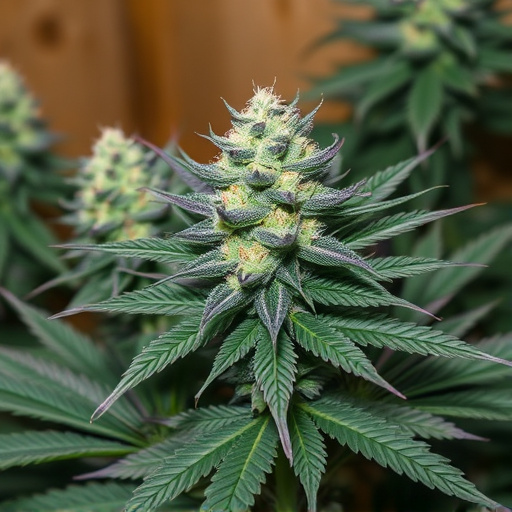
Terpenes, often referred to as the aromatic compounds of cannabis, play a significant role in shaping the unique effects and experiences associated with different medical marijuana strains. These organic volatile compounds are produced by various plants, including cannabis, and contribute to their distinct flavors and aromas. With over 100 terpenes identified in cannabis, each offering unique chemical properties, understanding them is key to unlocking the full potential of medical marijuana for specific treatments.
In medical marijuana, different terpenes are linked to varying effects on the body and mind. For instance, myrcene, a common terpene, is known for its sedative properties, making it potentially useful for treating insomnia or anxiety. On the other hand, limonene, with its citrusy scent, may enhance mood and provide a stimulating effect. By recognizing these terpenes and their attributes, patients can make informed choices about which strains could best address their specific medical needs, ensuring a more tailored and effective treatment experience with medical marijuana.
The Role of Terpenes in Cannabis Effects: A Breakdown
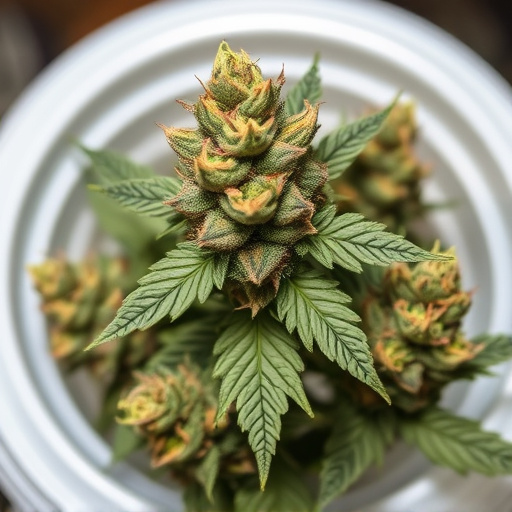
Terpenes, often referred to as nature’s fragrant compounds, play a pivotal role in shaping the unique effects experienced when consuming cannabis. These aromatic molecules are produced by various plants, including cannabis, and interact with our bodies’ endocannabinoid system. In the context of medical marijuana strains, terpenes are not merely responsible for the distinct smells and flavors; they significantly influence the therapeutic benefits associated with different varieties.
Each terpene carries its own set of properties, contributing to a complex interplay of effects. For instance, myrcene is known for its relaxing and sedative qualities, making it appealing for treating insomnia or anxiety. Limonene, on the other hand, evokes a refreshing citrusy aroma and has been linked to mood elevation and stress reduction. The presence or abundance of specific terpenes in medical marijuana strains can determine their potential effectiveness in managing various conditions, further personalizing the cannabis experience.
Medical Marijuana Strains and Terpene Profiles: Tailoring Treatment to Individual Needs
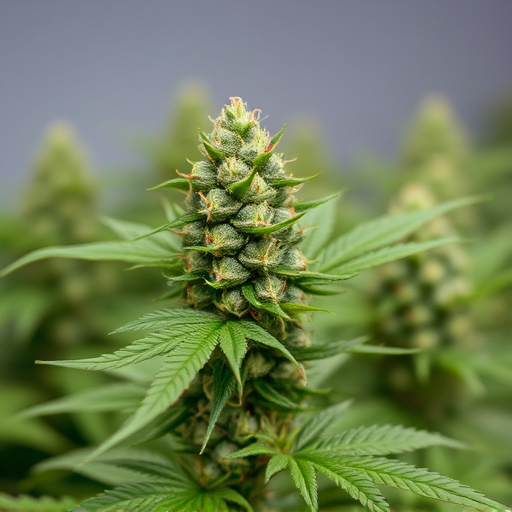
Medical marijuana strains have revolutionized the way patients approach treatment, offering a natural alternative for managing various medical conditions. These strains vary greatly in their terpene profiles, which are responsible for the distinct aromas and potential effects of each variety. Terpenes, such as myrcene, limonene, and linalool, play a crucial role in how cannabis interacts with our bodies and minds.
By understanding the unique terpene makeup of different medical marijuana strains, patients and healthcare providers can tailor treatment plans to individual needs. For instance, myrcene is known for its sedative properties, making it beneficial for insomnia or anxiety. Limonene, on the other hand, is linked to mood elevation and cognitive enhancement, making it appealing for patients seeking a boost in energy or focus. This customization ensures that medical marijuana treatments are not only effective but also aligned with specific lifestyle requirements and desired outcomes.
Terpenes play a pivotal role in shaping the unique effects of cannabis, offering more than just aromatic appeal. By understanding their interaction with cannabinoids, we can better tailor treatments using specific medical marijuana strains to address individual needs and preferences. This tailored approach ensures optimal therapeutic benefits while enhancing the overall cannabis experience.


